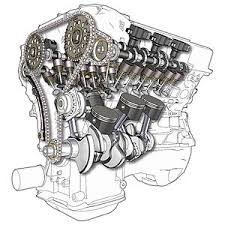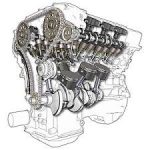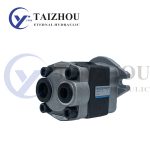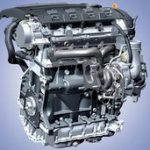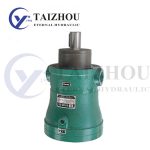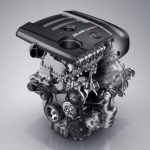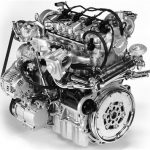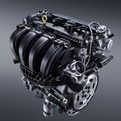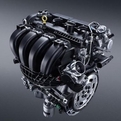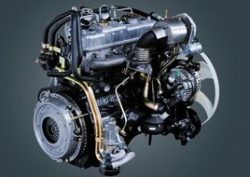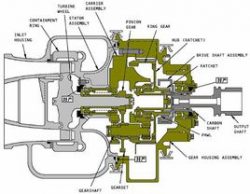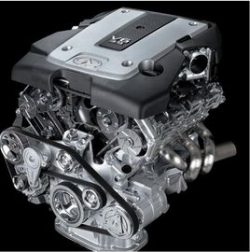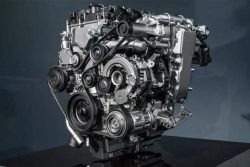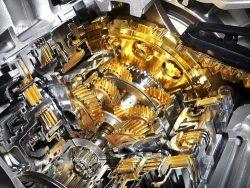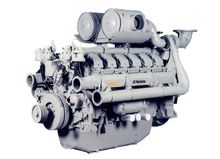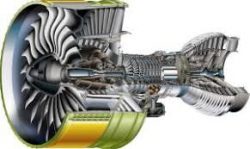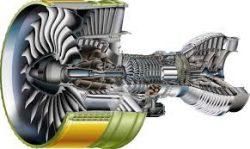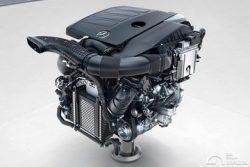Danfoss Motor – Turbocharged Motor, Naturally Aspirated Engine
Danfoss Motor talks about the advantages and disadvantages of turbocharged engines and naturally aspirated engines
A. Advantages and disadvantages of turbocharged engines and naturally aspirated engines
Advantages and disadvantages of turbocharged engines:
1. Improve fuel economy and reduce exhaust emissions.
2, small displacement and high power, can provide continuous power,
3. The power output response is lagging, and the ride comfort needs to be improved.
4. The maintenance cost is not low.
Advantages and disadvantages of naturally aspirated engines:
1. Mature technology and high stability.
2. The power output is smooth and the speed is fast.
3. There is a gap in power compared to turbocharged engines.
4. The maintenance cost is lower than that of the turbocharged engine.
B. From the perspective of technical reliability and durability, the average score of natural inhalation is higher than turbocharged!
Naturally aspirated engines are easier to perfect. The quiet and smooth speed of the idle, the noise and the smoothness of the running when the cold car is started, the naturally aspirated engine will generally do better. Turbine engines, after all, have extra “peripherals”, so it’s not easy to do well in terms of smoothness and quietness.
C. The biggest difference in the requirements of the turbine engine is to make a “delayed flameout”. The turbocharger can be fully cooled under normal operating conditions without problems, but after the shutdown is turned off, the cooling system cannot continue to cool the turbocharger, and the turbine blades are still rotating at high speed due to inertia. The bearing will be damaged. This damage may be instantaneous or small, but it will shorten the working life of the turbine over time. In response to this problem, it is best to delay the ignition of the turbocharged car every time after stopping, so that the turbine blade bearing still in high temperature can be cooled and lubricated to prolong the bearing life. This is the biggest difference between a turbo and a naturally aspirated engine. In the past, many owners of turbines installed a time-delayed device (called Turbo Timer), and the Volkswagen TSI turbine engine is now equipped with an automatic delay cooling system. Users have no need to delay the flameout. It is believed that this technology will also become more and more popular in turbine engines.
D, the turbine runs at a high speed, and the naturally aspirated city is better.
Turbocharged engines are not necessarily fuel-efficient than naturally aspirated engines. Whether a car is economically fuel-efficient depends on the matching of the engine and the vehicle’s own weight and the road conditions used. In terms of turbine engines, under high-speed conditions. Undoubtedly it is relatively economical. Under low-speed driving conditions, it is necessary to look at the displacement. Generally, a turbine engine with a displacement of less than 1.5 is suitable for a vehicle body with a capacity of about half a ton. When the displacement is too small, a low-speed vehicle will form a ‘pony. The effect of pulling the cart, emissions and economy will be affected, and the service life will be greatly shortened. I suggest: Turbo-supercharged models can be considered for long-distance or thin air areas; naturally used in the city and suburban roads, suitable for naturally aspirated models.
https://www.xjetl.com
